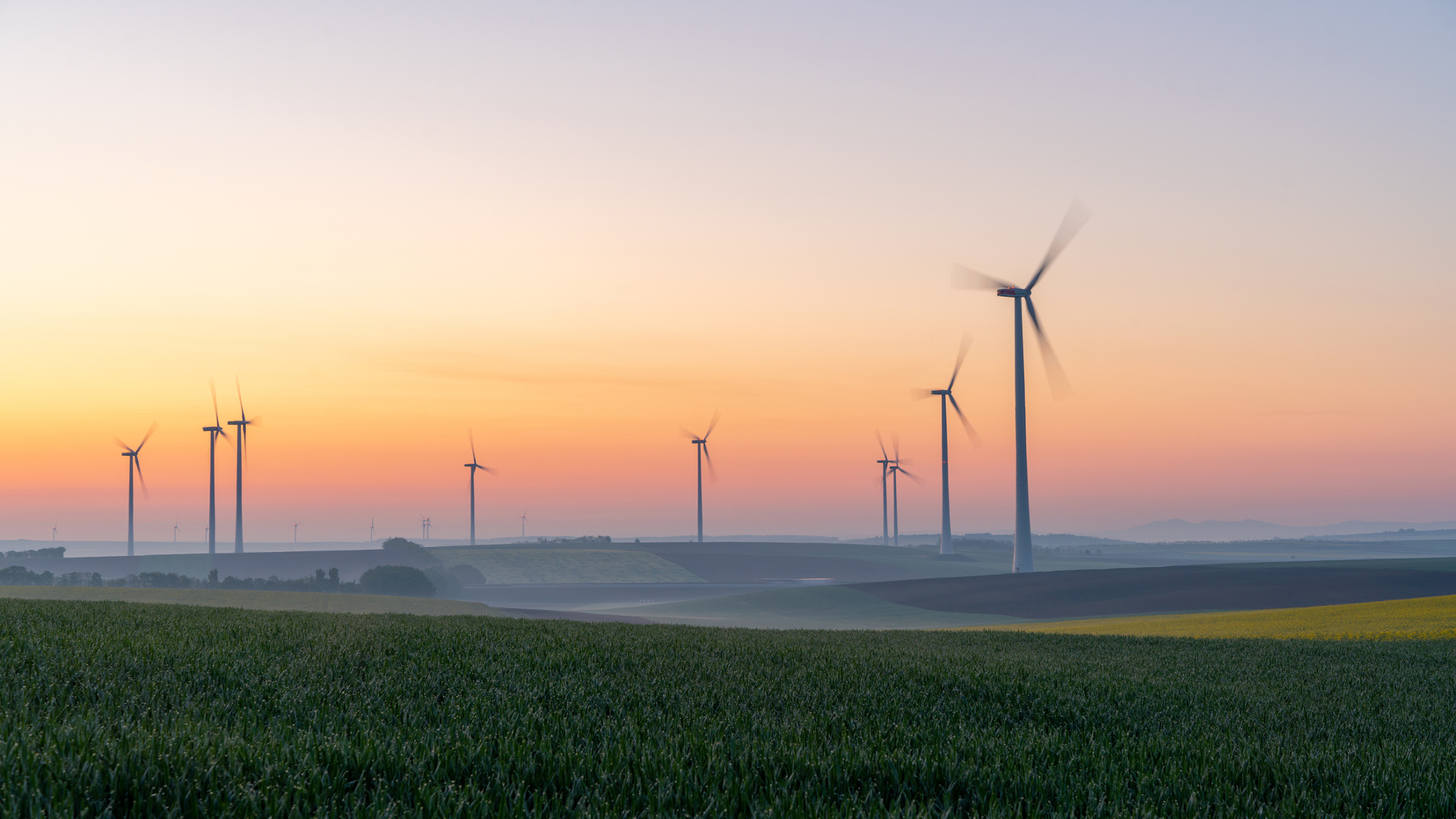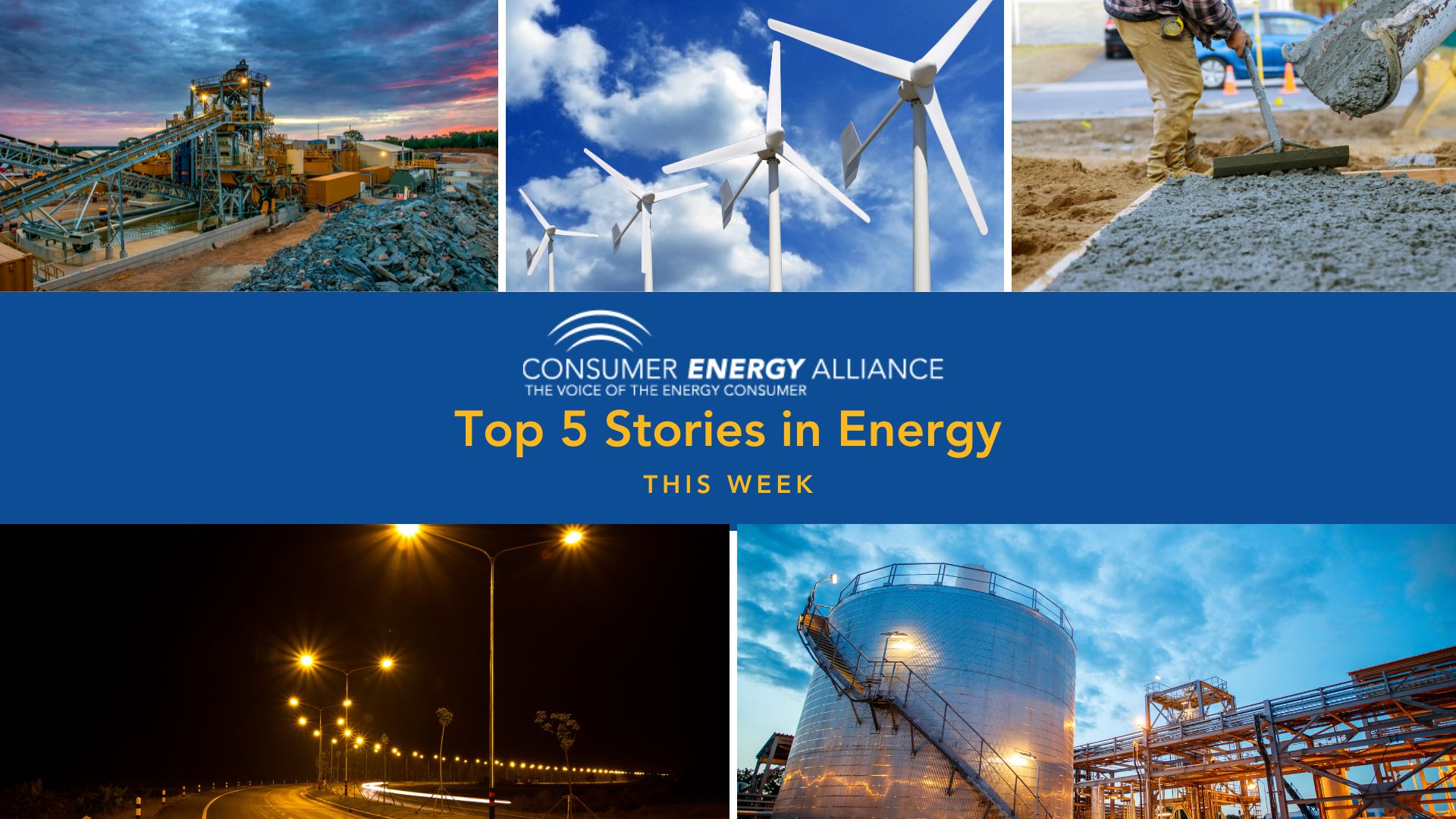Hurricane Ida made headlines all throughout this week for the devastation she left behind in Louisiana, Mississippi and even through the Northeast. Millions of people were and are still without power due to infrastructure damage and flooding. Offshore rigs strained to get up and running following the storm, so the Biden Administration authorized the release of emergency fuel stocks to maintain supply.
Meanwhile, OPEC continues to push for gradual production increases, resisting against the Biden Administration’s pressure to increase production more rapidly.
In renewable energy news, it was reported this week that the President plans to make federal land access cheaper for solar and wind developers in an effort to encourage investment and achieve the Administrations energy transition goals.
Check out more of our favorite stories from this week below!
The U.S. added more new energy capacity from wind than any other source last year
According to research by the Lawrence Berkeley National Laboratory, a record 16,836 megawatts of new utility-scale land-based wind power capacity was added to U.S. energy infrastructure in 2020, representing about $24.6 billion of investment in new wind power. CNBC calculates that 42% of new electricity generation capacity in the U.S. came from land-based wind energy — more than from any other source.

Wind-powered lamp post helps reduce light pollution
A student has created a wind-powered lamp post that uses a wind rotor to generate energy and a motion detection system to reduce light pollution. Inhabitat tells the story about the student’s green geometric lamp and why this street lamp can help improve “anaesthetic play, enriching streets, walkways and city squares — both during the day and at night.”

DOE awards $30M to secure domestic supply chain of critical materials
The U.S. Department of Energy (DOE) announced $30 million in funding for 13 national lab and university-led research projects to develop new technologies to help secure the supply of critical materials that build clean energy technologies. Energy.gov shares how this research may help the U.S. to identify new mineral sources or to examine future reuse and recycling of materials.

New material created for recovering wasted energy
Researchers have designed a material with very low thermal conductivity, which could be used to convert waste heat to electricity. Inside Science explains why the vast majority of energy gets dissipated as heat and how a way to recover those losses is by converting the waste heat into electricity.

Pulling CO2 and cement-making materials out of seawater using renewable energy
Researchers are looking at how to pull CO2 using renewable energy and producing carbon-negative industrial materials, such as limestone for making concrete. Tech Crunch breaks down this research and explains how electricity and CO2-heavy seawater can produce useful materials that permanently sequester the gas.


